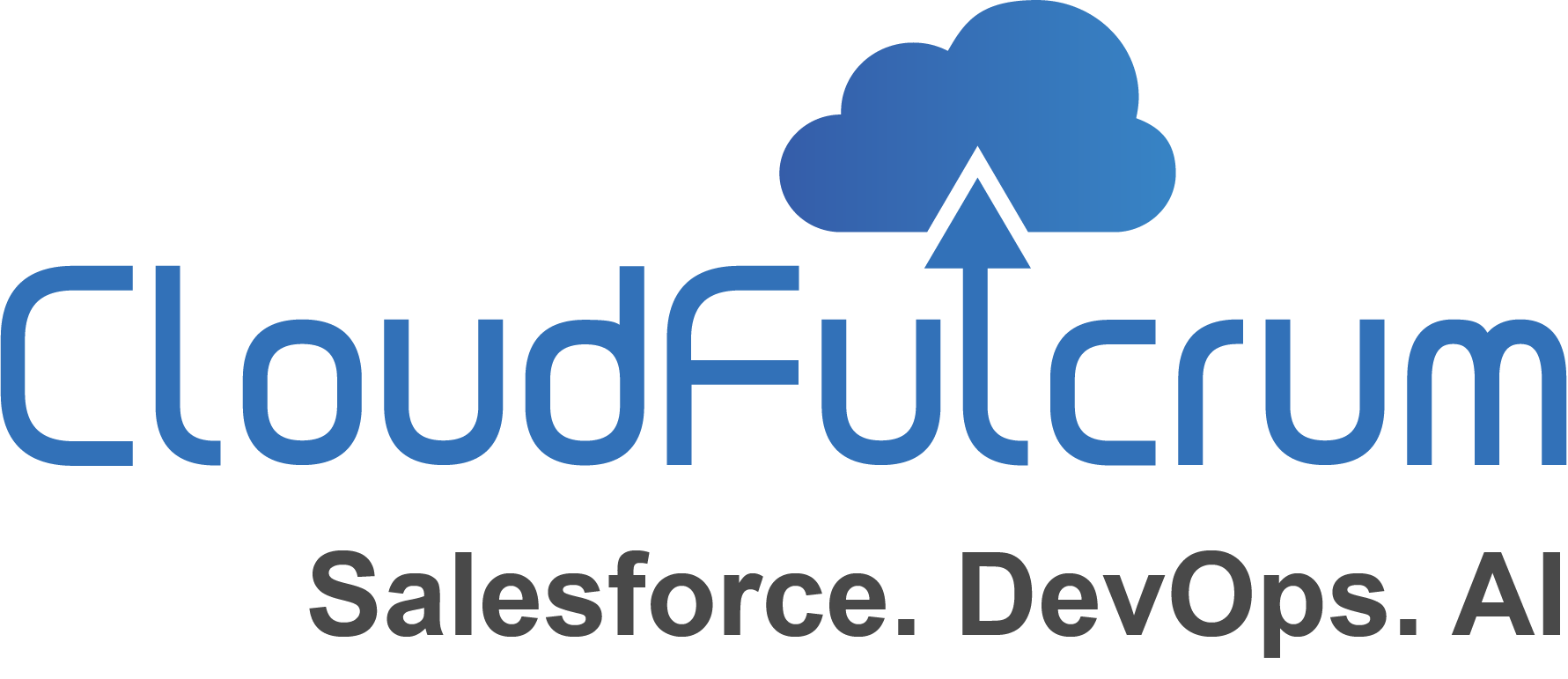In our journey to master Salesforce quality, we’ve first explored why rigorous, structured testing is non-negotiable (Blog 1) and then delved into how to build that foundational testing practice (Blog 2). You’ve now got a framework for systematic quality, even if much of it is currently executed manually. But as your Salesforce instance grows, as release cycles accelerate, and as the demand for rapid, reliable deployments intensifies, a fundamental truth becomes clear: manual testing, no matter how structured, struggles to keep pace.
This brings us to a pivotal discussion: Salesforce test automation. For many organizations, the concept of automation conjures images of significant upfront costs, complex technical hurdles, and an elusive return on investment. Yet, done strategically, test automation isn’t just a technical upgrade; it’s a powerful business accelerator that delivers tangible, measurable value.
In this third installment of our “Mastering Salesforce Quality” series, we’ll dissect the real-world benefits of automating your Salesforce tests. We’ll move beyond the buzzwords to examine how automation addresses the critical challenges faced by manual testing, offering concrete advantages that impact your bottom line, accelerate innovation, and build unparalleled confidence in your Salesforce platform.
The Automation Imperative: Why Manual Alone Isn’t Enough (Anymore)
Think about the core challenges of extensive manual testing that we touched upon in Blog 1:
- Speed: Running a comprehensive regression suite manually for a large Salesforce org can take days, even weeks. This creates a bottleneck, slowing down deployments and delaying feature delivery.
- Accuracy & Consistency: Humans make mistakes, especially during repetitive tasks. Test steps can be missed, results misinterpreted, and consistency across multiple testers can vary.
- Scalability: As your Salesforce environment expands with new features, integrations, and customizations, the number of test cases explodes. Manually managing and executing this growing suite becomes unsustainable.
- Cost: While automation has an upfront cost, the long-term, continuous expense of dedicated manual testers performing the same repetitive regression tests cycle after cycle quickly adds up.
This isn’t to say manual testing is obsolete – far from it. It remains crucial for exploratory testing, usability, and complex scenarios requiring human intuition. However, for repetitive, high-volume, and regression testing, automation becomes the only viable path to truly scale your quality efforts.
The Tangible Returns: Where Automation Delivers ROI
The “Return on Investment” (ROI) of test automation isn’t always a straightforward calculation, but its benefits manifest in several powerful ways that directly impact business value.
- Accelerated Release Cycles (Faster Time-to-Market):
-
- The Benefit: Automated test suites can execute thousands of tests in minutes or hours, rather than days or weeks. This drastically reduces the time needed for regression testing after new features, bug fixes, or Salesforce’s quarterly releases.
- The ROI: Faster testing means faster deployments. You can deliver new features to your users and customers quicker, respond to market demands with agility, and gain a competitive edge. Imagine shortening your release cycles from monthly to bi-weekly, or even weekly – that’s direct business value.
- Reduced Costs (Long-Term Efficiency):
-
- The Benefit: While there’s an initial investment in tools and expertise, automation significantly reduces the ongoing labor cost associated with repetitive manual testing. Test engineers can focus on designing new tests, analyzing complex issues, and improving the automation framework, rather than endlessly clicking through known scenarios.
- The ROI: Freeing up valuable human resources allows your team to tackle higher-value tasks, innovate more, or simply manage a larger testing scope without constantly hiring more manual testers. Over time, the cost savings become substantial, making your QA function more efficient.
- Improved Quality and Reliability (Risk Mitigation):
-
- The Benefit: Automated tests are precise and consistent. They execute the exact same steps every time, eliminating human error and ensuring thorough coverage of established test cases. This leads to fewer defects leaking into production.
- The ROI: Fewer production defects mean fewer critical business disruptions, less downtime, reduced support costs, and happier users. The brand reputation remains strong, and compliance risks are minimized. This directly protects your revenue and customer trust.
- Enhanced Confidence in Deployments (Reduced Stress):
-
- The Benefit: When you have a reliable, fast-running automated regression suite, your team can deploy changes to Salesforce with far greater confidence. You know quickly if a new change has broken existing functionality.
- The ROI: This confidence reduces deployment anxiety, encourages more frequent (and therefore smaller, less risky) deployments, and allows your teams to innovate more boldly. It transforms a high-stress event into a routine, predictable process.
- Better Test Coverage (Deeper Insights):
-
- The Benefit: Automation allows you to execute far more test cases, far more frequently, than manual efforts ever could. This leads to broader and deeper test coverage across your Salesforce application, including complex edge cases that are difficult to consistently test manually.
- The ROI: More comprehensive testing means a higher likelihood of catching defects before they impact users. This translates to a more stable, robust Salesforce system that truly supports your business processes without unexpected failures.
- Faster Feedback Loops (Agility and Responsiveness):
-
- The Benefit: Integrated with your development pipeline, automated tests can provide immediate feedback on changes. Developers know almost instantly if their latest code or configuration has introduced a regression.
- The ROI: This “shift-left” advantage enables developers and administrators to fix issues rapidly, often within minutes or hours of their introduction, when the context is fresh. This dramatically reduces the cost of defect resolution, as fixing a bug early is always cheaper than fixing it late.

Common Misconceptions About Automation Cost
It’s natural to perceive automation as expensive. Here are a few common misunderstandings and how they relate to the real ROI:
- “Automation is too expensive to set up.” While there’s an initial investment in tools, training, and framework development, this often pales in comparison to the long-term, recurring cost of manual regression testing, especially in dynamic Salesforce environments.
- “It takes too long to get going.” A phased approach, starting with automating critical, high-risk, and frequently changing paths, can deliver quick wins and demonstrate value early, building momentum for further investment.
- “We don’t have the in-house expertise.” While initial training or external consulting might be needed, the skills are learnable, and the investment in upskilling your team pays dividends in the long run. Many Salesforce-specific automation tools also aim to reduce the technical barrier.
The key to realizing ROI isn’t just doing automation, but doing it smartly. Focus your automation efforts on areas where you’ll get the biggest bang for your buck: critical business processes, areas with frequent changes, and the core regression suite.
The Path Forward: From ROI to Implementation
Understanding the compelling business case for Salesforce test automation is the first step. Recognizing that it’s not just a technical luxury but a strategic imperative for accelerating deployments, reducing costs, and enhancing quality empowers you to champion its adoption within your organization.
Now that we’ve painted a clear picture of the why, our next blog post will delve into the how. In “Building Blocks of Excellence: Salesforce Test Automation Best Practices & Tools,” we’ll explore the practical considerations for implementing effective automation, guiding you through tool selection, framework design, and common pitfalls to avoid. Get ready to transform your understanding of automation from a concept into actionable steps for your Salesforce journey.

